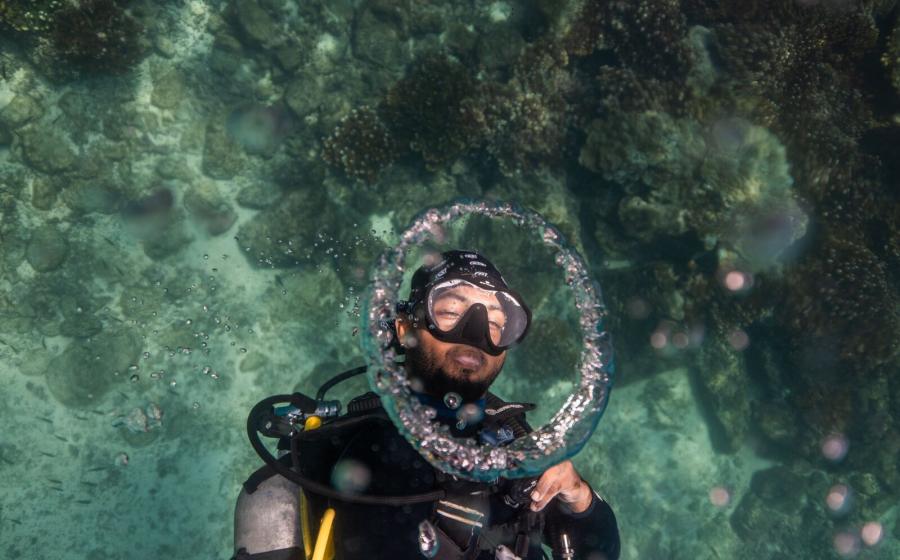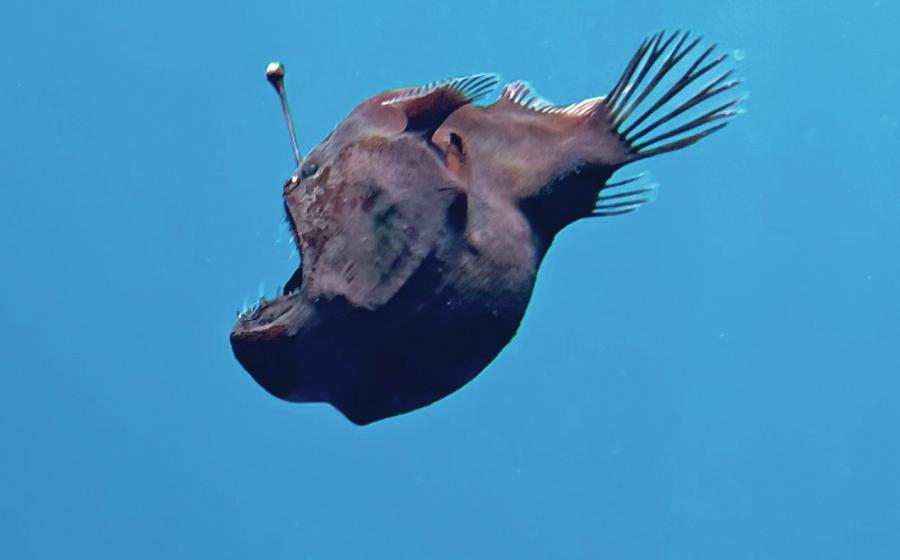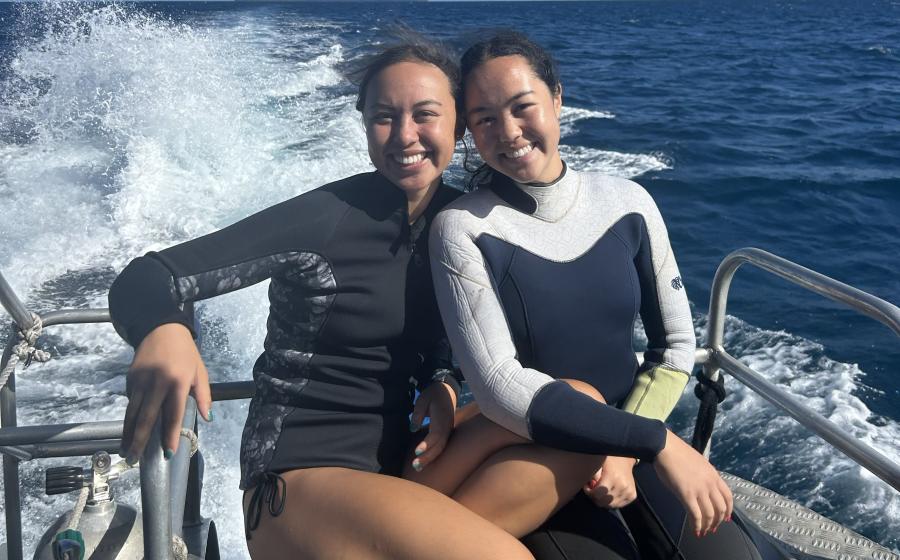Readers Choice: World's Best Places to Go Scuba Diving in 2025
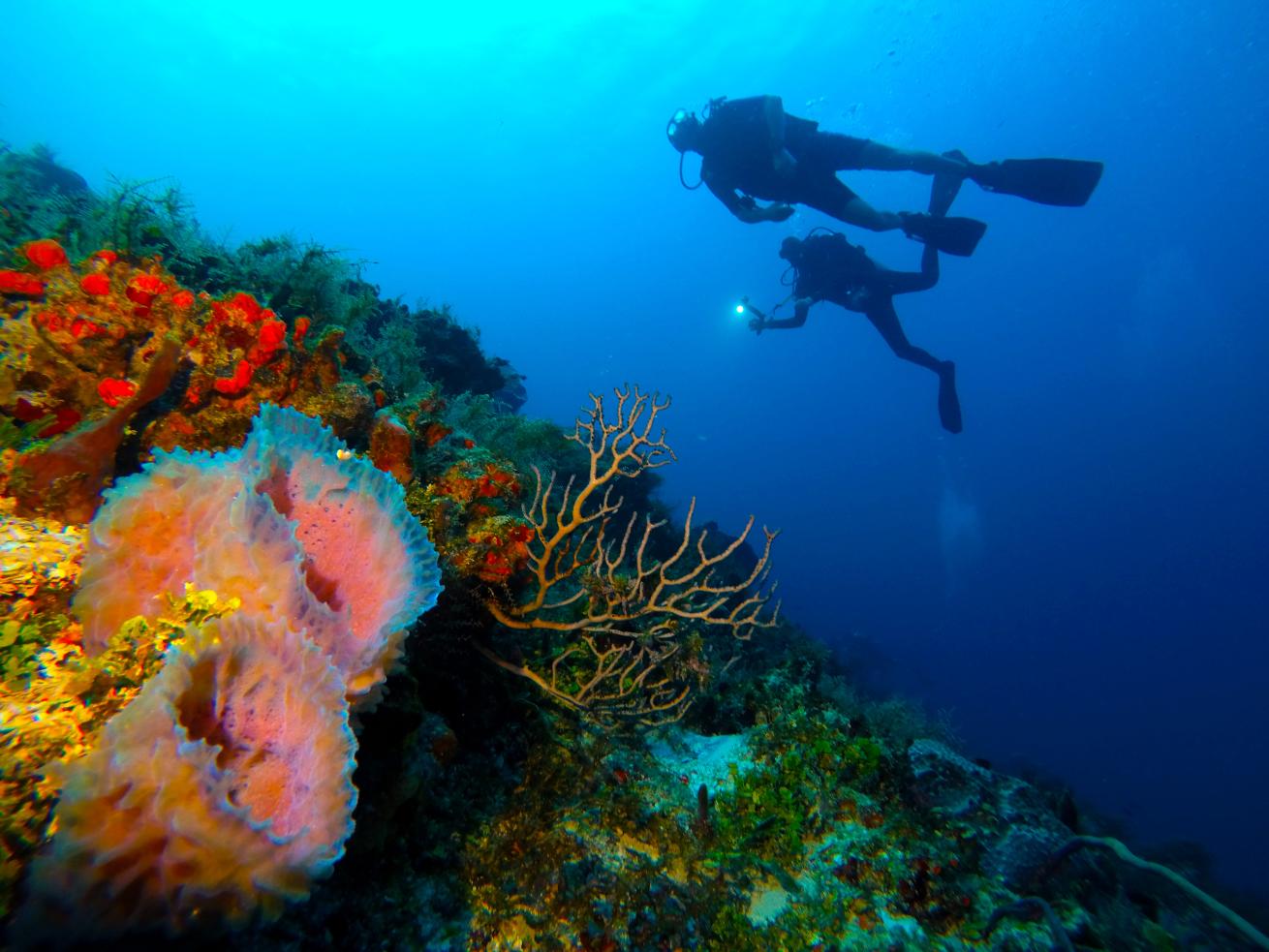
Dimitar Saparevski/ShutterstockA buddy team in Playa del Carmen, Mexico, is rewarded with a vibrant display of colors below the ocean’s surface.
Readers Choice Awards 2025
This year we surveyed 8,566 readers on their favorite destinations, resorts, operators and liveaboards, awarding their top picks across a variety of categories. Our Readers Choice travel feature highlights the first-place destinations in each global region and offers a taste of what makes each a reader favorite.
Mexico
There’s a good reason readers rated Mexico so highly. This predominantly tropical country packs in diversity, with the state of Quintana Roo—home to Cancun, Cozumel, Tulum and a handful of other dive destinations—serving up wall diving, drift diving, caves, caverns, tec diving, underwater sculpture parks and big animals. Essentially, all the thrills a diver could ask for.
“You’ve got a wide diversity of diving in such a small region,” says Doug Atkinson, owner of Blue Note Scuba, operating out of the Cozumel Marina.
Many travelers aim to target two, three or even four areas, especially if their travel coincides with a migration season.
Come December through March, it’s eagle ray season. They’re present yearround, but the cooler months bring groups of 15 or more.
“Coming across a school of eagle rays is just majestic,” says Atkinson, adding that the “color and patterns on their backs are spectacular.”
November through March is when the bull sharks gather off Playa del Carmen, with divers taking to shallow waters for long encounters.
Mid-May to mid-September, whale sharks crowd the waters off Isla Mujeres, a tiny island 8 miles north of Cancun. These trips are snorkel-only but bring the perk of possible sightings of dolphins, sailfish and mating loggerheads en route to the feeding grounds.
Every season brings a new thrill, packing another punch to a region already stacked with adventures.
Need to Know
When to Go Mexico is a year-round dive destination, but plan ahead for a specific aggregation season, such as the sailfish found December through March.
Visibility Cozumel averages more than 100 feet of viz most days.
Water Temps Summer waters can reach 86 degrees, with winter dipping to 77.
Don’t Miss “Palancar Garden is my personal favorite: The reef is immaculate,” says Atkinson. You start on the wall, then have the option of dropping into and swimming through numerous caverns. The dive ends in a sandy, grassy area, where sightings of eagle rays and turtles are frequent. “This site has something that every diver can do.”
Contact Blue Note Scuba (bluenotescuba.com)
British Columbia
Cold-water diving is not for the impulsive traveler. It requires extra gear and training, not to mention additional lead time to plan. Still, places like Vancouver, British Columbia, inspire a die-hard following because they serve up sights rarely found elsewhere.
“We are the reverse of tropical destinations,” says Paul Wilburn, PADI Master Instructor with Rowand’s Reef Scuba Shop, located in Vancouver.
“We don't have the brightly colored fish of the tropics, but we do have very vibrant soft corals and sponges in yellows, reds, oranges and greens.”
He adds that the wall dives of Port Hardy, found on the northeastern tip of Vancouver Island, are especially laden with sponge gardens that grow unhindered, as the area isn’t heavily dived.
“There’s so much life and abundance that you can’t even see the wall—it’s completely covered,” says Wilburn.
The majority of sites in British Columbia are wall dives accessible from the shore and can be done on your own, but the best experiences are had when joining a local dive guide.
For example, the giant Pacific octopus, one of the biggest must-sees of the region, can’t easily be seen year-round. During their mating seasons, they tend to tuck themselves away, making sightings more challenging for those who don’t know the area intimately.
“The dens are there but the females will block off the entrance to the den to keep predators away,” says Wilburn.
Related Reading: Best Destinations for Macro Diving
Need to Know
When to Go Year-round. Sightings of giant Pacific octopuses are rare in the winter, as this is their prime spawning season.
Visibility From October through March, it can be upward of 80 feet, but the summer months average between 30 and 50 feet.
Water Temps Plan for 45 to 55 degrees.
Don’t Miss Kelvin Grove, a site on theway to Whistler Mountain, offers good visibility and a buffet of marine life. “Each dive site has specific things about it that people dive it for, but this site has a bit of everything,” says Wilburn. It’s home to wolf eels, the giant Pacific octopus and loads of giant nudibranchs.
Contact Rowands Reef (rowandsreef.com)
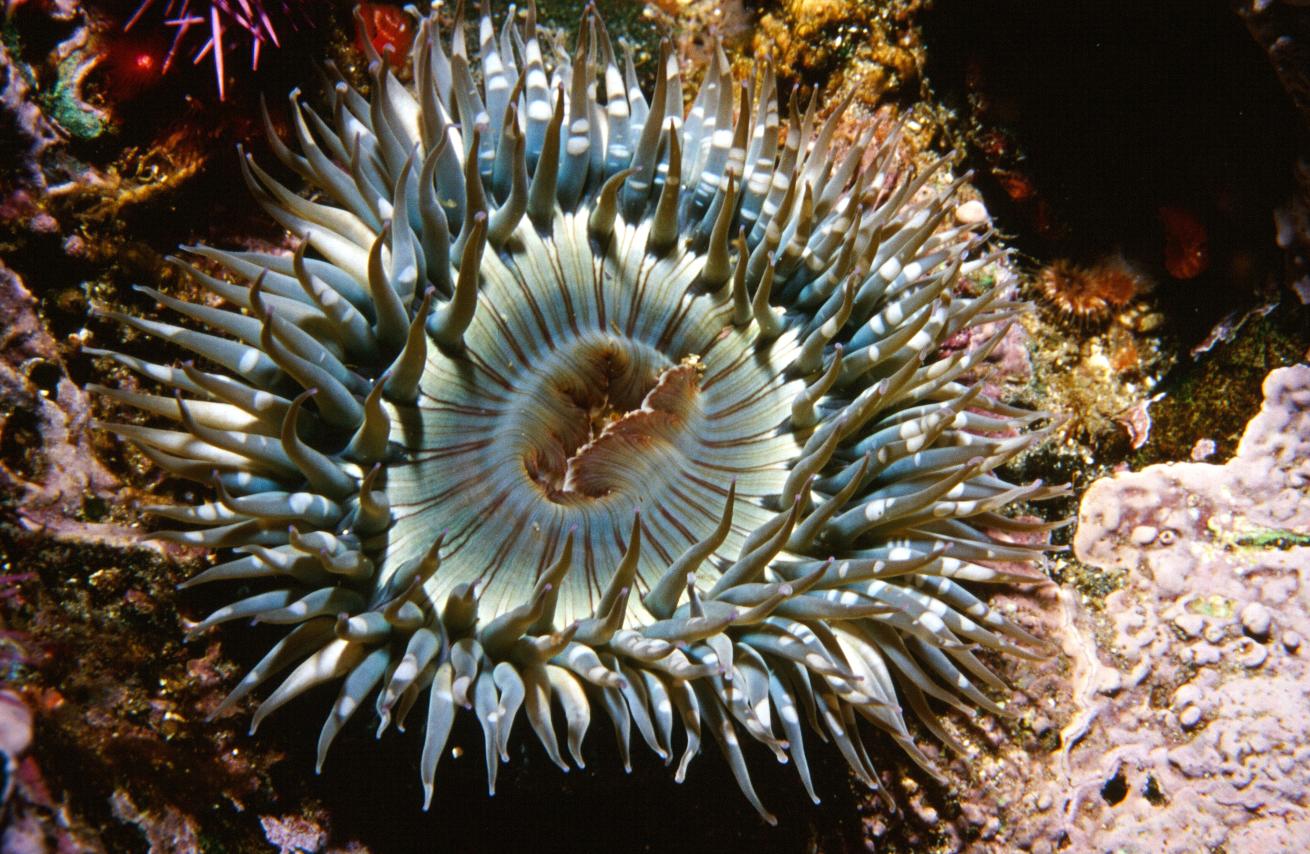
Gerald Peplow/ShutterstockA green sea anemone sits on a rocky reef in British Columbia, attempting to lure prey with its venomous tentacles.
Indonesia
Ever since Dr. Gerald Allen first conducted fish counts in the area, Indonesia has been known for biodiversity. His early counts in Raja Ampat helped solidify the destination’s reputation as a hotspot overflowing with unusual marine life. In 2012, he counted a record-breaking 374 fish species on a single dive off Cape Kri.
But it’s not just Raja Ampat that overwhelms with wonders. Every island serves up pristine and endless reefs, as well as its own unique draws, from schooling hammerheads in the Banda Sea to the mantas of Komodo.
Much of the species diversity is due to the varied underwater topography.
“You’ve got pinnacles, walls, wrecks, stunning reefs, drift dives, muck dives—it’s all here,” says Debbie Arriaga, diving manager with Coralia Liveaboards, which dives not just Raja Ampat, but also Komodo, Alor, the Banda Sea and Fogotten Islands, Halmahera, and Cenderawasih Bay.
“You don’t see just one specific thing as you do with some dive destinations,” she says. “You come to Indonesia to see everything.”
For some divers, that means targeting one island and seeing it all from one spot. Wakatobi Resort, set on Tomea Island in the Southeast Sulawesi region of the Banda Sea, easily satisfies guests with just its house reef. The resort also offers dayboat diving to 40-plus dive sites and even offers its liveaboard, Pelagian
Related Reading: Best Destinations for Underwater Photography
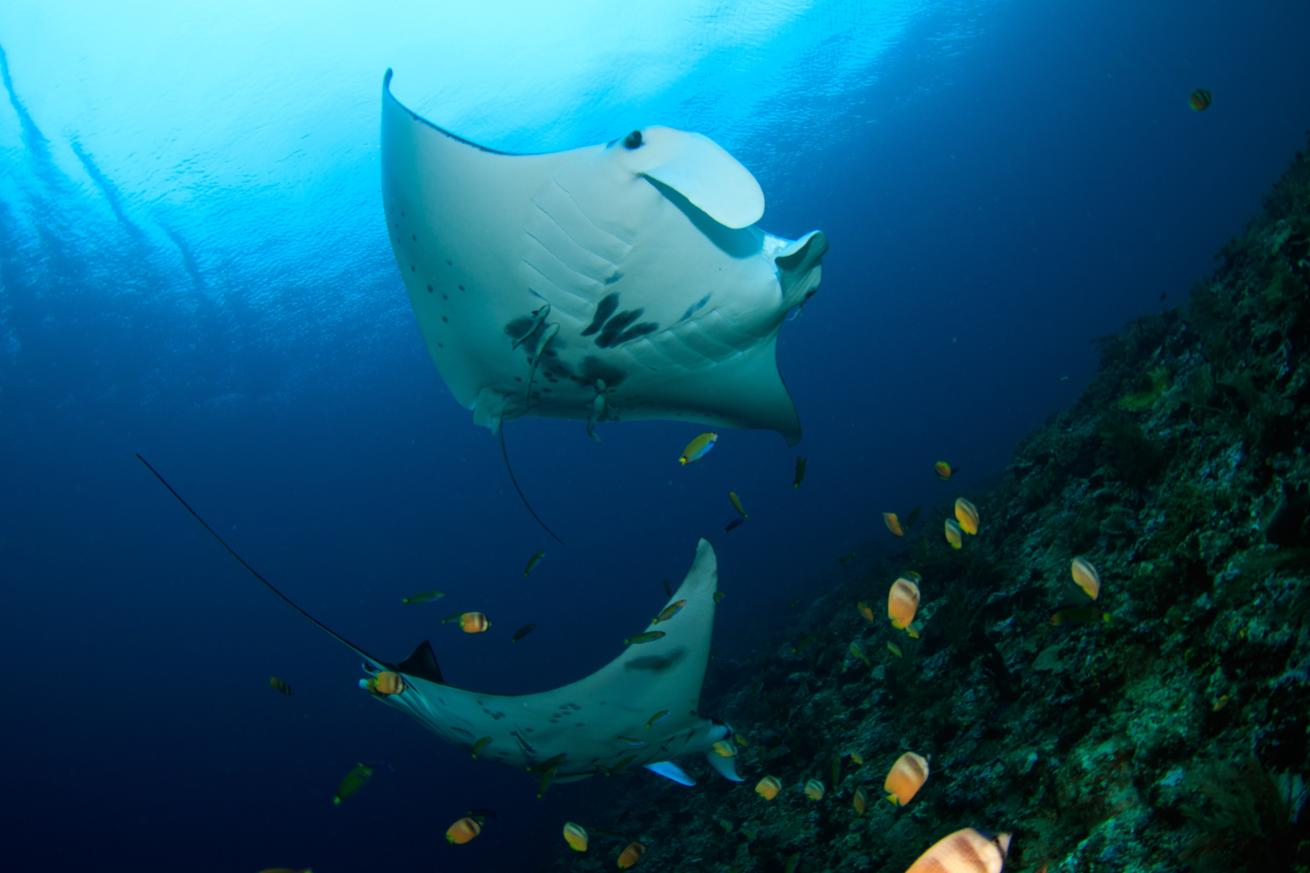
Sergeuwphoto/ShutterstockManta rays in Raja Ampat, Indonesia, take advantage of the cleaning services available from the local coral reef residents.
“More than half of our guests are returners,” says Karen Stearns, manager with Wakatobi Resort. “The whole region is a diver’s paradise, and they just fall in love with it. They see something new every time they go,” she says.
Indonesia is known for tiny critters, each an ego boost to pinpoint. Even if it’s the guide who points out these gems, they’re still mind-blowing to see, whether it’s a mimic octopus folding itself into a bottle, or the compact power of the orangutan crab, less than an inch in size.
“So many of these are creatures that you will never get a chance to see again unless you go back to Indonesia, which, of course, many people do,” says Stearns.
Need to Know
When to Go Seasonality plays a huge role in choosing a region to visit. Consult your liveaboard company or dive resort about how best to see your animal bucket list.
Visibility Expect an exemplary 100 feet or more. However, plan for less when diving in plankton blooms as one does among the manta rays of Komodo.
Water Temps 79 to 84 degrees, though some regions can be 10 degrees cooler.
Don’t Miss The Zoo, a site Wakatobi dives regularly, is an amazing mix of hard and soft corals that starts in a depth of just 10 feet. It’s swarming with fish, from schools of snapper and barracuda to rays and the occasional shark. Plus, it’s home to cuttlefish, octopuses and loads of tiny creatures.
Contact Coralia Liveaboard; Wakatobi Resort (coralia-liveaboard.com; wakatobi.com)
View the Full List of Readers Choice Awards Here






